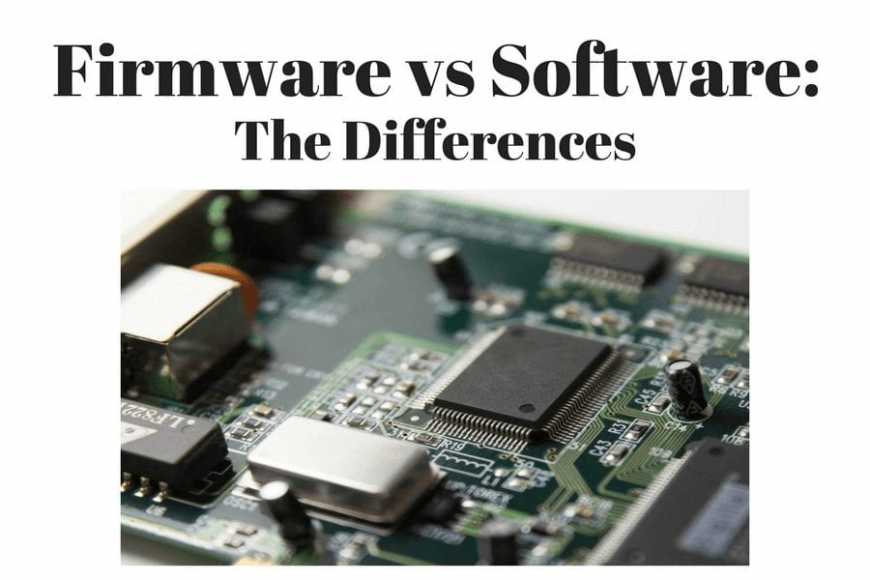If you have ever dabbled with custom ROMs or have manually installed an Android operating system update, you may have come across the term “firmware”. When flashing an operating system update, you need to create software for firmware or device-specific hardware. This difference is part of the reason it can take so long for an OEM to deploy the latest version of Android on all devices.
We have not been very clear, but there is a critical distinction between firmware and software, the latter of which is probably a much more familiar term. In short, the firmware is very close to the hardware, while the software is the one that manages the firmware. Let’s explore firmware vs software a little more thoroughly.
Firmware vs software
Both the firmware and the software are fragments of code running in the hardware inside the phone and other gadgets. The key distinction is what they are designed to do, where they are saved and how easy they are to update and modify.
The software is generally considered a program or piece of code designed for user interaction. It is the “highest level” of the code that allows users what they need.
This could be an app on your smartphone, a widget for the home screen and just below the Android operating system itself. The software is usually written in a high-level language, like Java, with many libraries and predefined functions to facilitate development.
Software- interactive applications that run through the hardware of a device
The software works thanks to the CPU and vice versa and on other main processors, making use of RAM and flash memory to save and load the data. Another key point is that the software can be modified without having to touch the hardware, performing a simple update. With some exceptions, the software is designed to be as independent as possible from the hardware.
The firmware, in comparison, is not designed to interact directly with the user. On the contrary, it is the hidden “lowest level” of code that is executed on the device. Although strictly speaking there may be different levels of firmware, so we can consider different levels of software.
Instead of running on the main CPU, the firmware often runs on smaller dedicated processors for hardware components. For example, this could include a memory controller for a flash memory drive.
The firmware is generally written in a low-level language, with little support for libraries as the code is highly customized for individual devices.
Firmware- low level code that controls and configures the specific hardware of a device
The firmware is a code that allows the correct configuration of the hardware and provides its basic functions. It is the essential backbone that ensures that the hardware works and that it is accessible from the higher-level software. The hardware that runs the firmware includes flash memory chips, CPUs and displays.
Updating the firmware can be a bit more complicated since the software running depends on it. This is why it is not necessary to restart the phone after updating an app, but it is necessary when installing a major update of the Android version.
The battle between firmware and software takes place inside your smartphone. In fact, the two are essential to keep things going smoothly. You will never interact directly with the firmware, but perform a series of important functions.
The firmware inside the smartphone includes the code running inside the camera module. It manages the collection of images and advance processing, before delivering the data to the ISP and other processing components.
Similarly, the display will also have its own microprocessor, complete with firmware, to manage color data, brightness, range, and other settings. The CPU also has its own firmware in the form of a low-level kernel to optimize activity planning, clock speeds, and power consumption.
The smartphone software includes the Android operating system and therefore the running apps. So all your apps are software, including Facebook, Chrome, Gmail and Play Store.
As you can see, you will interact regularly, update, add and delete the software from your device. The firmware remains firmly at work in the background.

